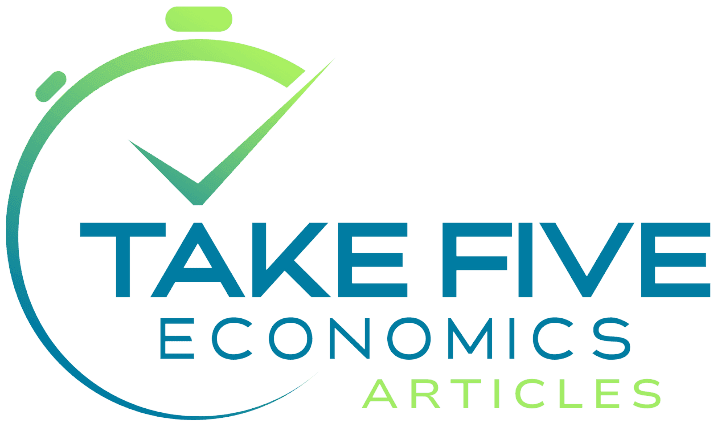
Consumer Confidence Wasn't Too Confident in April
Highlights:
|
Index: |
March: |
April: |
Wall Street Expected: |
Take Five Expected: |
|---|---|---|---|---|
|
Consumer Confidence: |
103.1(r) |
97.0 |
103.5 |
101.0 |
Headline consumer confidence dropped to a near two-year low of 97.0 in April, coming in below Wall Street and our own expectations and followed a downwardly revised 103.1 (from 104.7) in the prior report. Despite the weakness seen in the last three months, the gauge has remained relatively stable, moving sideways within a narrow range for more than two years.
The present situation index, which is an assessment on current business and labor market conditions, declined to 142.9 in April, and followed a downwardly revised 146.9 in March. This has been what's helped hold the index in a steady range over the last two years. However, the expectations index, which is consumers' outlook on income, business and labor market conditions, tanked to 66.4 and followed a slightly upwardly revised 74.0 in the prior month. An expectation reading below 80.0 has a history of being a signal for a forthcoming recession.
Finer Details:
Consumers remained primarily concerned about elevated price levels, particularly for food and gas, with politics and global conflicts playing second fiddle to that. Despite worries about food and energy prices, average 1-year inflation expectations remained stable at 5.3%.
Assessments of the present situation weakened but remained relatively optimistic. Although consumers continued to rate current business conditions positively, their views on the current employment situation weakened and fewer reported that jobs were plentiful, with more indicating that jobs were harder to get.
Buying plans for homes and big-ticket appliances continued to weaken as a result of higher borrowing costs. Additionally, vacation plans decreased to their lowest level since June 2023, with both domestic and international trips seeing a decline.
Consumers were questioned regarding what purchases they would cut out in order to save money, in which discretionary purchases were the first to go as they usually are, with eating out, spending on clothing and fashion items, entertainment away from home, and vacations topping the list. Conversely, fewer consumers planned to reduce spending on non-discretionary items such as childcare, education, and healthcare.
Putting It Together:
The present situation index continues to hold consumer confidence up above water while expectations continue to deteriorate. Confidence now stands at the lower end of its recent range as consumers feel the squeeze from higher prices in the non-discretionary areas (i.e. essentials) which "dominated" concerns (watch for a consumer spending slowdown, especially in discretionary areas) as well as higher interest rates, and a cooling labor market, which was new but also expected. The share of respondents who expect more jobs to be available in the next six months fell to the lowest since 2011. Their income expectations deteriorated as well. This is a worrying sign for consumer spending down the road, as consumers said they intended to cut back on more discretionary purchases and are shying away from big ones such as vacations, homes, cars, etc. It should also be noted that expectations that stock prices will increase over the next year declined after rising every month since November, so take what you will from that.
This hurts the market narrative just as the ECI did. While you don't want to see future expectations and consumer confidence drop with consumers becoming more concerned with higher prices, a cooling labor market and higher interest rates for longer, it's just a reminder of what people already know and already feel. We like to view the consumer confidence as a sort of gauge that we can follow every month to see if people are slightly better or slightly worse.